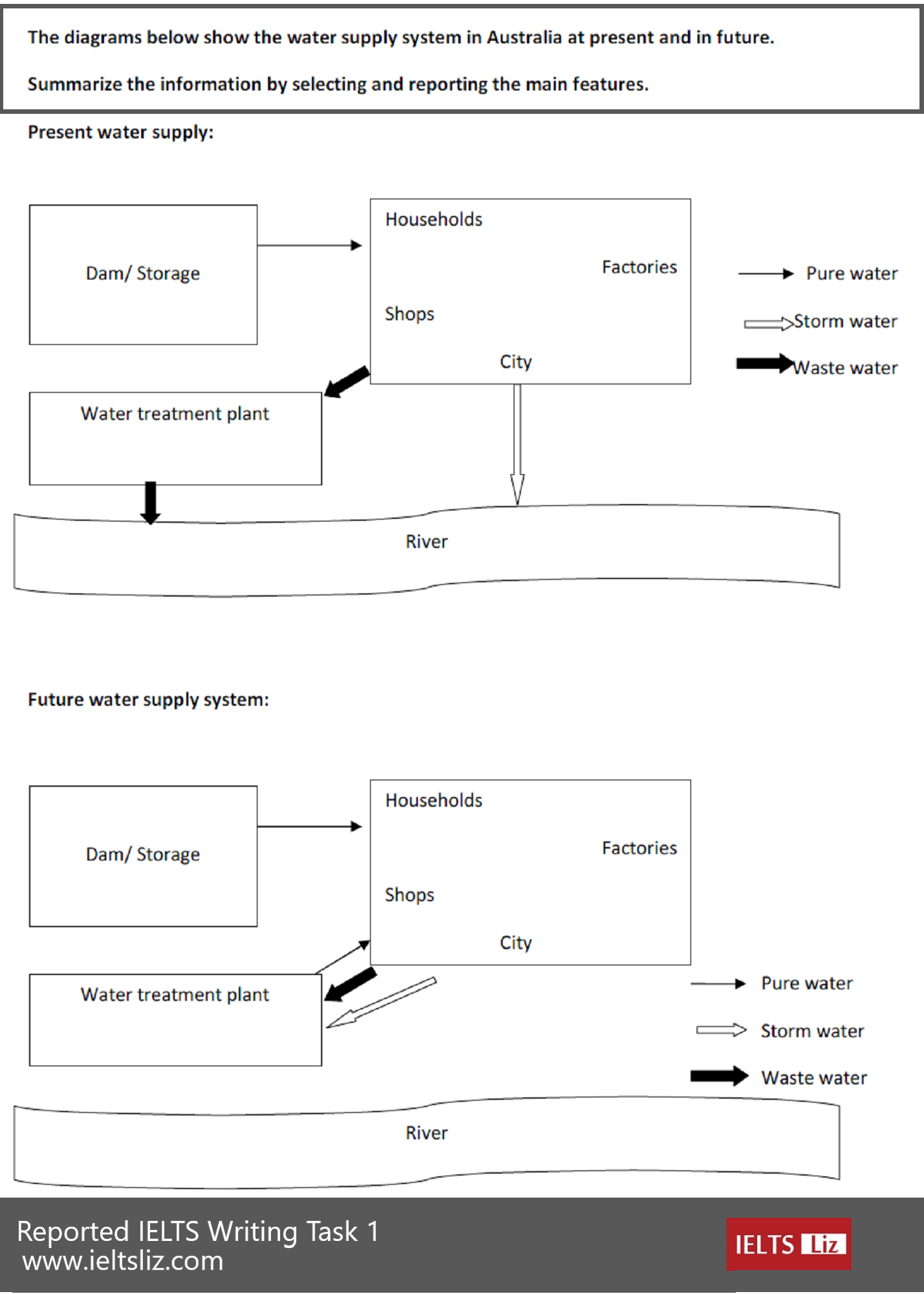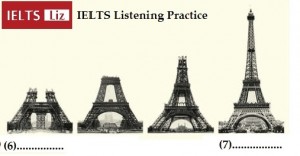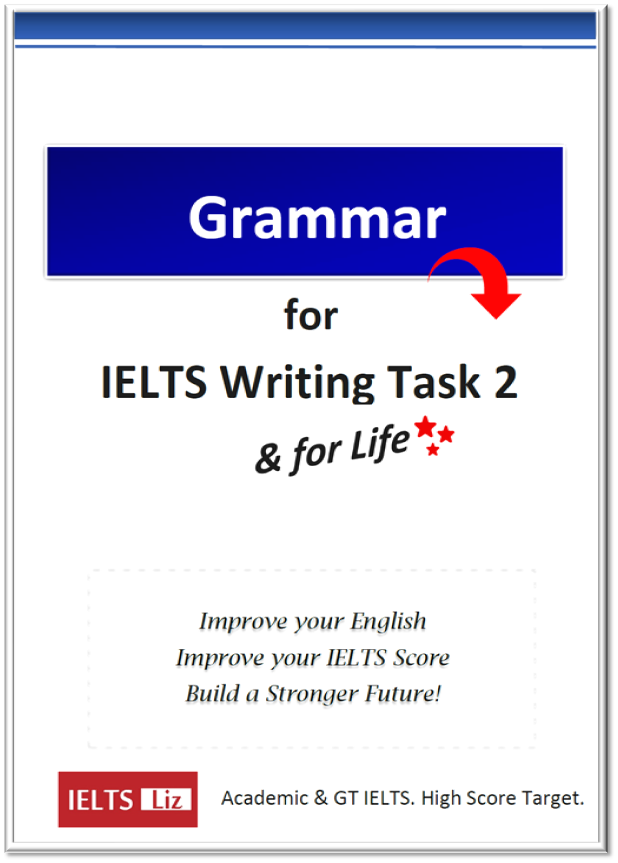Below is a model answer for an IELTS invitation letter. This particular invitation letter was reported in the IELTS exam last week. The aim of the invitation is a public event. Other invitations can sometimes include holiday invites, private celebration invites or even formal invites from a business perspective.
Instructions:
Writing Task 1: Write a letter to your friend who lives in another country and in your letter:
- a. Invite him/her to a public event in your country.
b. Describe the public event.
c. Explain about other plans you have for your friend when he/she will visit.
IELTS Invitation Letter Model Answer
Hi Dave,
How have you been since we last met?
I thought I’d drop you a line and see if you fancy coming over for Bonfire night which is on November 5th.
Bonfire night is a great event in England, particularly in my hometown. It starts as soon as the sun has set because the event is held around a huge bonfire. As the weather is cold, the bonfire adds wonderful warmth. On the fire, there’s a guy which represents Guy Fawkes, a man who once tried to blow up Parliament. On top of that there’s also fireworks and a chance to cook your own food on the fire, which I’m sure you’ll love.
While you’re over, we’ll be able to do a trip to London as I know you’ve always wanted to visit. The Christmas lights will have been switched on by then and they are amazing. You’ll also be able to visit the Christmas markets and do all your Christmas shopping.
I really hope you’ll be able to come over. It won’t be the same without you.
Write back soon,
Sandra
Words = 183
More IELTS Letters:
Essential Tips for IELTS Letter Writing
Main IELTS Pages
Develop your IELTS skills with tips, lessons, free videos and more.







